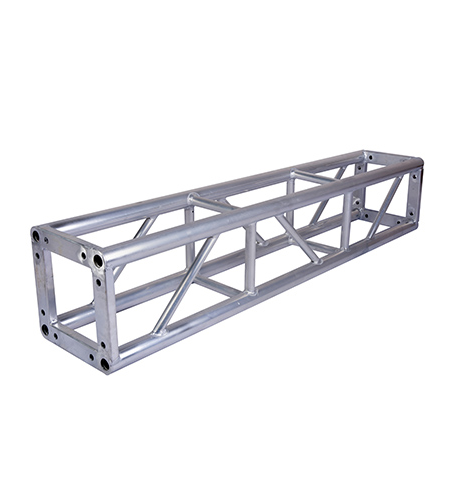
Болтовий трос піднімається на нові висоти, демонструючи безпрецедентні можливості з несення навантажень, особливо в умовах важкого обладнання. Надійне закріплення взаємопов'язаних металевих елементів забезпечує впевнену підвіску значних навантажень, роблячи його основою для підтримки освітлювальних приладів, аудіосистем та іншого важливого обладнання під час грандіозних сценічних вистав. Ця стійкість до навантажень не лише підвищує функціональність тросу, але й значно сприяє безпеці та успіху різноманітних заходів, підкреслюючи його роль як невід'ємного компонента в сфері сценічної інженерії.
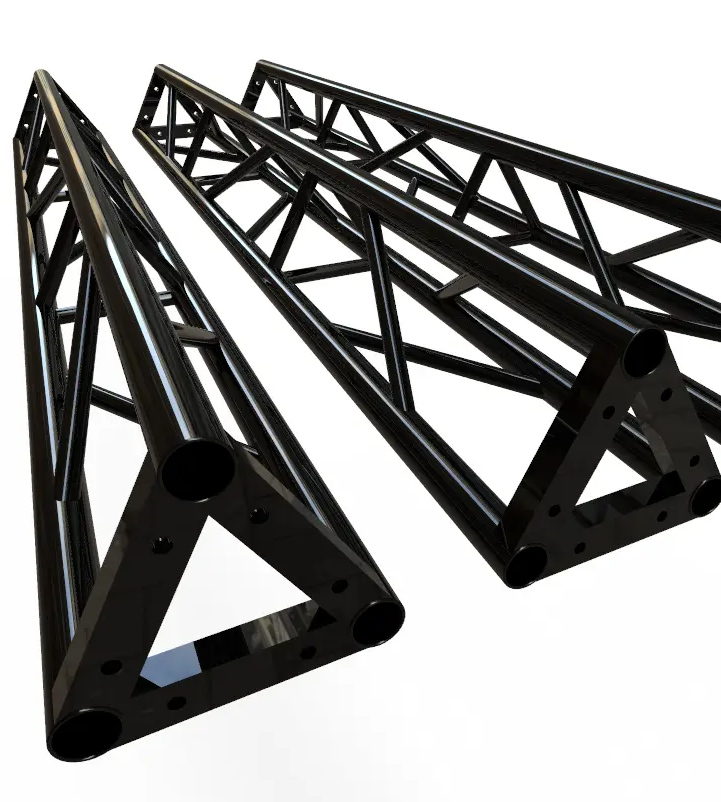
Структурна надійність є обов'язковим, коли ми говоримо про системах штуршок, а це безпека в політиці. Це гарантує, що ризик нестабільності конструкції під час цих подій значно зменшується завдяки безпечним з'єднанням між металевими елементами за допомогою точних болтів. Як виробники, наші рішення для штуршок розроблені для досягнення найвищого рівня структурної цілісності, який ми вважаємо найважливішим для безпеки виконавців, екіпажу і глядачів. У цьому відношенні, наші системи штуршок діють як охоронці безпеки, що їх творці, щоб забезпечити, що не буде ніяких компромісів на надійності конструкцій, встановлених. Наші системи штурмовики характеризуються структурною цілісностю, яка дає комфорт виконавцям і глядачам, тому це сцена, де безпека приходить природно.

Наші болтові ферми не обмежуються використанням в приміщеннях; вони також вміло справляються з викликами зовнішніх середовищ. Завдяки матеріалам, стійким до погодних умов, та міцній конструкції, ці ферми можуть витримувати різні умови, що робить їх вибором номер один для будь-якої події, незалежно від місця проведення.
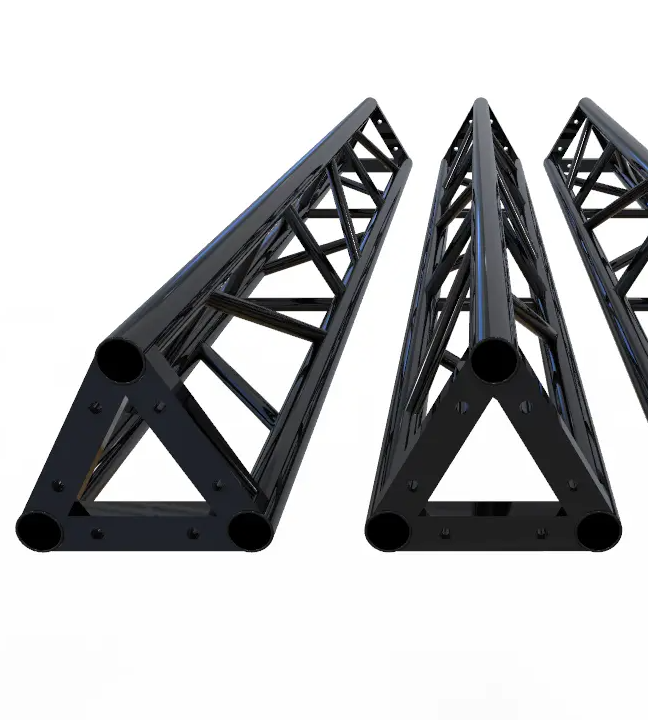
Найважливішою характеристикою наших болтових тросових систем є їхня міцність, яка витримує час у ландшафті рішень для сцен. Наші тросові конструкції виготовлені з високоякісних сировин і закріплені точними болтами, що випромінює силу та витривалість. Природна стійкість до корозії гарантує, що наші болтові тросові системи прослужать довго, роблячи їх розумними та вічними інвестиціями для організаторів подій, а також виробничих компаній. Це прагнення до надійності робить кожну болтову тросову систему, яку ми виробляємо, вічним символом безперервності в розвиваючій індустрії розваг.
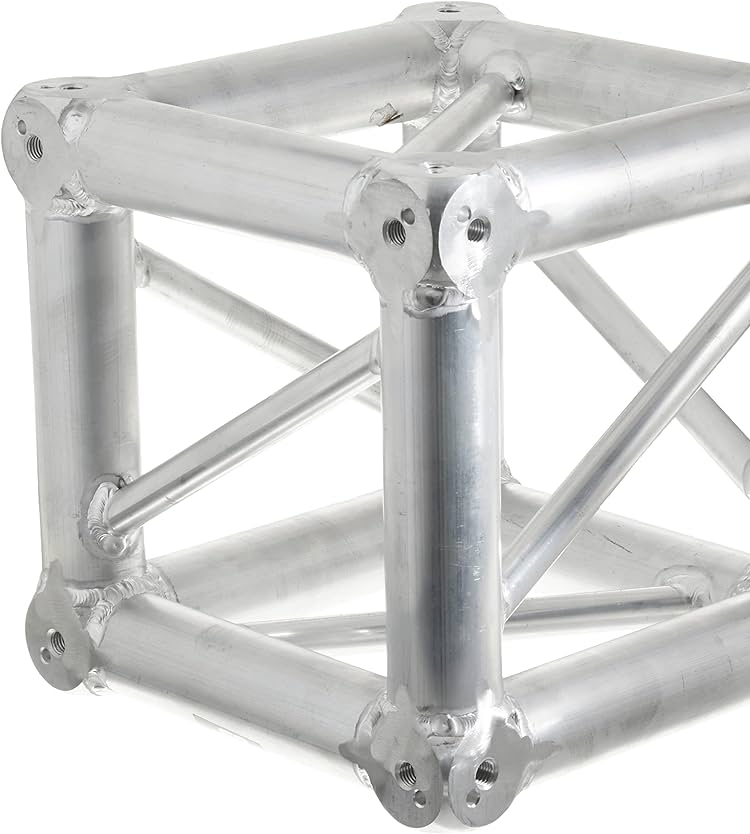
На сцені технологій подій болтовий трос є зіркою, демонструючи безпрецедентну здатність витримувати навантаження, що робить події більш стабільними. Наші металеві елементи з'єднані між собою за допомогою болтів, встановлених з точністю, що дозволяє нашим системам впевнено підтримувати важкі навантаження. Ця здатність нести великі ваги робить наші системи болтового тросу життєво важливими для утримання складного аудіообладнання, а також складних освітлювальних установок та інших важливих пристроїв, що використовуються для сценічних виступів. Тому, якою б не була форма даного видовища, завжди існує потреба в достатньо міцній основі, яку забезпечують наші рішення болтового тросу, оскільки ця стабільність є вирішальною для успіху багатьох різних типів подій, які можуть бути піддані коливанням, якщо не будуть закріплені достатньо міцно проти багатьох викликів, що постають перед індустрією розваг.
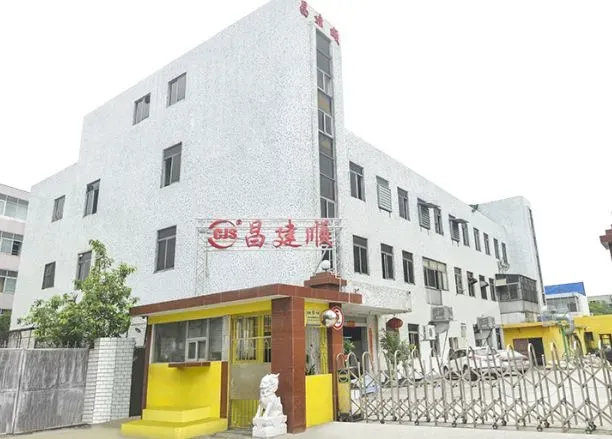
Shenzhen Changjianshun Science and Technology Co., Ltd, стратегічно розташована в Шенчжені, місті-передовій китайської реформи та відкриття, спеціалізується на виробництві та продажу гачок для сценових ламп та апаратних засобів. Наша компанія, оснащена спеціалізованою командою з досліджень та розробок та продажів, має робочу силу понад 100 співробітників і працює з сучасного об'єкта площею 3000 квадратних метрів, який включає незалежну лабораторію тестування. Отримавши сертифікат системи якості IS09001 у 2011 році та сертифікат безпеки TUV для наших гачок для сценових ламп з Рейну, Німеччина, ми не хитаємося у своїй прихильності до забезпечення найбезпечніших і найнадійніших продуктів для кожного користувача.
З багатою історією 12 років у сфері світлових гачок і коробки, ми пишаємося тим, що ми постачаємо продукти першої якості, підтримуються відмінним сервісом і професійними технологіями. Наша лінія продуктів демонструє широку адаптивність, обслуговуючи різні середовища і випадки. Наші продукти, виготовлені з високоякісних металевих матеріалів, мають виняткову корозіостійність, зносостійкість і тривалість служби.
Використовуйте простість комплексних послуг з налаштування, які забезпечують рішення з одного місця для всіх ваших потреб. Наше зобов'язання - забезпечити індивідуальний досвід від концепції до доставки, забезпечуючи безперебійне задоволення ваших унікальних потреб.
Будьте впевнені в нашій рішучій прихильності безпеці. З сертифікатом системи якості IS09001 з 2011 року та сертифікатом безпеки TUV для наших гачок для сценових ламп з Рейну, Німеччина, ми надаємо пріоритет постачання продуктів, які перевищують найвищі стандарти безпеки, забезпечуючи надійність для кожного користувача.
Використовуйте наш багаторічний досвід у виробництві качок і коробки. Ми пишаємося тим, що надаємо найвищу якість, відмінні послуги та професійні технології. Ця відданість відображає наші глибокі знання галузі та багаторічний цінний досвід.
Наші світлові гачки та продукти з коробками мають універсальну адаптацію, відповідаючи різноманітним вимогам у різних середовищах та випадках.
Болтовий трос демонструє міцні можливості навантаження, забезпечуючи надійне підвішування важкого обладнання, такого як освітлювальні прилади та аудіосистеми під час сценічних вистав.
Болтовий трос, з його надійно з'єднаними елементами, забезпечує стабільну та надійну основу, підвищуючи загальну безпеку, запобігаючи структурній нестабільності під час заходів.
Універсальність болтового тросу полягає в його налаштовуваному дизайні, що дозволяє професіоналам з організації заходів адаптувати та конфігурувати конструкцію відповідно до різноманітних сценічних планів і конфігурацій.
Модульна природа дозволяє легко збирати, що дає змогу професіоналам з організації заходів ефективно налаштовувати та адаптувати структури болтового тросу для задоволення конкретних сценічних вимог.
